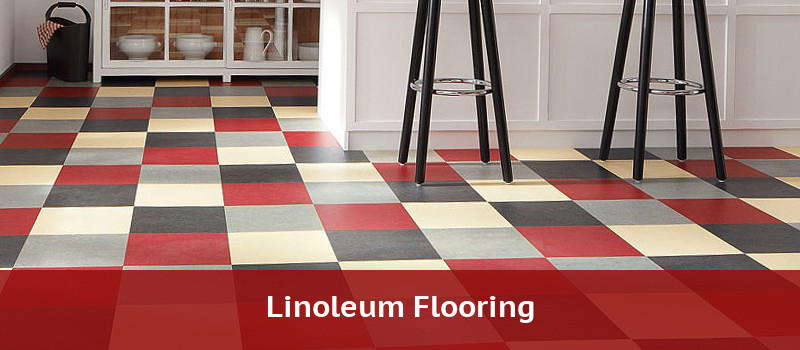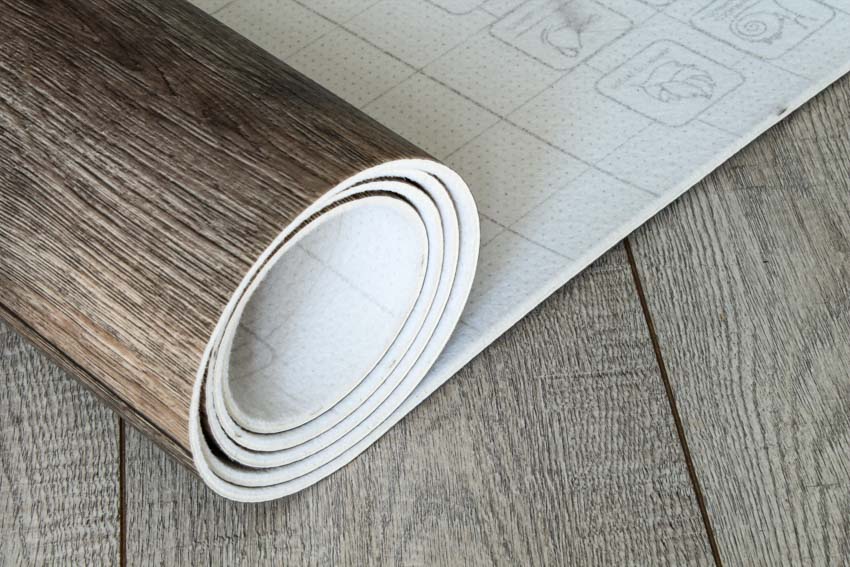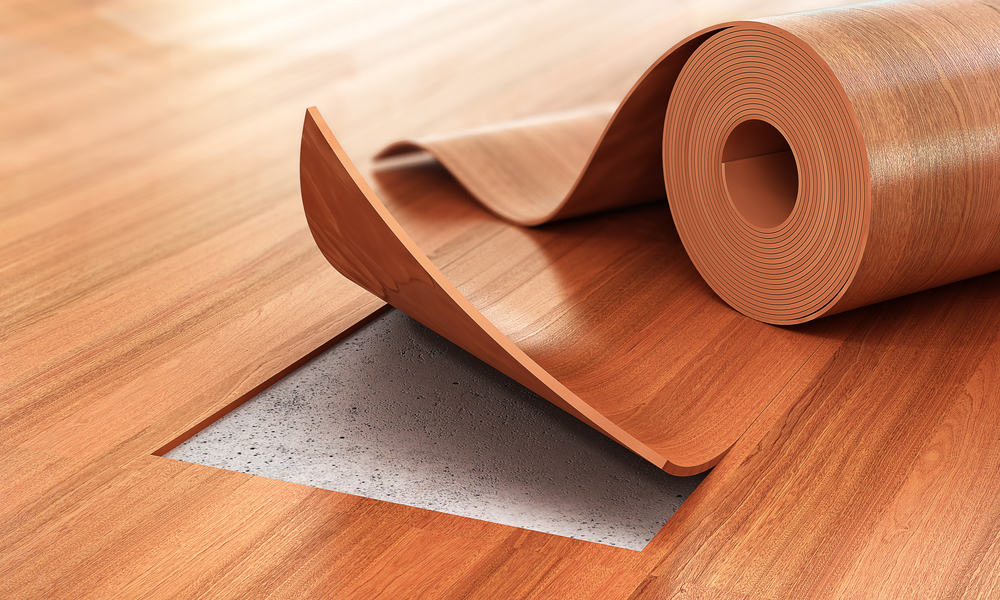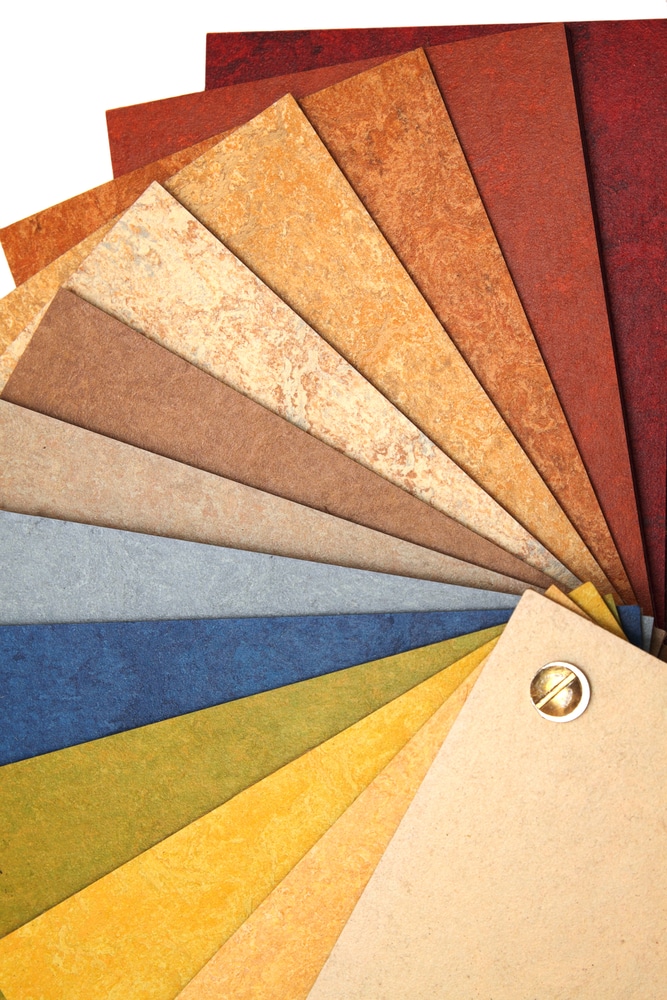1. Can you use linoleum on kitchen walls?
If you're looking for a budget-friendly and durable option for your kitchen walls, linoleum may have crossed your mind. But can you actually use linoleum on kitchen walls? The answer is yes! Linoleum is a versatile material that can be used on a variety of surfaces, including walls. In fact, many homeowners are now choosing linoleum as an alternative to traditional kitchen wall materials. Let's take a closer look at the benefits and installation process of using linoleum on kitchen walls.
2. How to install linoleum on kitchen walls
Installing linoleum on kitchen walls is a relatively simple process that can be done by most DIY enthusiasts. The first step is to prepare the surface by cleaning it thoroughly and making sure it is dry and smooth. Next, measure and cut the linoleum to fit the wall, leaving a few extra inches on each side. Apply adhesive to the back of the linoleum and press it firmly onto the wall. Smooth out any air bubbles and trim off the excess material. Let the linoleum dry for at least 24 hours before adding any fixtures or decorations to the walls.
3. Pros and cons of using linoleum on kitchen walls
Like any other material, linoleum has its own set of pros and cons when used on kitchen walls. Some of the benefits of using linoleum on kitchen walls include its affordability, durability, and easy maintenance. Linoleum is also available in a variety of colors and patterns, making it a versatile option for any kitchen design. However, linoleum can be prone to scratches and discoloration over time, and it may not be as heat-resistant as other materials. It's important to weigh both the pros and cons before making a decision.
4. Best types of linoleum for kitchen walls
When it comes to choosing the best type of linoleum for your kitchen walls, there are a few factors to consider. First, make sure to check the thickness and durability of the linoleum. Thicker linoleum tends to be more durable and resistant to wear and tear. Additionally, opt for linoleum with a protective coating to prevent scratches and stains. Some popular types of linoleum for kitchen walls include sheet linoleum, tile linoleum, and click-and-lock linoleum.
5. Tips for maintaining linoleum on kitchen walls
To keep your linoleum kitchen walls looking their best, it's important to properly maintain them. Regularly clean them with a mild detergent and warm water to remove any dirt or spills. Avoid using harsh chemicals or abrasive cleaners that can damage the linoleum. For tougher stains, use a mixture of baking soda and water. It's also recommended to periodically reapply a protective coating to keep the linoleum looking like new.
6. How to clean linoleum on kitchen walls
Cleaning linoleum on kitchen walls is a simple process that can be done with a few household items. Start by sweeping or vacuuming the walls to remove any loose dirt and debris. Next, mix a mild detergent with warm water and use a soft cloth or mop to gently wipe down the linoleum. It's important to avoid using too much water, as excess moisture can cause damage to the linoleum. Once the walls are clean, make sure to thoroughly dry them with a clean towel.
7. Can you paint over linoleum on kitchen walls?
If you're looking to change the color or pattern of your linoleum kitchen walls, you may be wondering if you can simply paint over them. While it is possible to paint over linoleum, it may not be the best option. Linoleum tends to be a smooth and slick surface, making it difficult for paint to adhere to. Additionally, the paint may not withstand regular wear and tear on kitchen walls. It's best to consult with a professional before attempting to paint linoleum walls.
8. Alternatives to using linoleum on kitchen walls
If linoleum doesn't seem like the right fit for your kitchen walls, there are plenty of alternatives to consider. Some popular options include ceramic tiles, vinyl tiles, and wallpaper. These materials offer a variety of colors, patterns, and textures to choose from. However, they may also have their own set of pros and cons, such as higher costs or more maintenance. It's important to research and compare different options to find the best fit for your needs.
9. How to remove linoleum from kitchen walls
If you decide to remove linoleum from your kitchen walls, the process can be a bit more challenging than installing it. Start by using a putty knife to gently pry up a corner of the linoleum. Slowly peel back the linoleum, being careful not to damage the wall underneath. If the linoleum is glued down, you may need to use a heat gun or adhesive remover to loosen it. Once the linoleum is removed, use a scraper or sandpaper to remove any remaining adhesive.
10. Cost comparison: linoleum vs. other materials for kitchen walls
When it comes to cost, linoleum is often a more affordable option compared to other materials for kitchen walls. The exact cost will depend on factors such as the size of the kitchen, the type of linoleum chosen, and any additional installation costs. On average, linoleum can cost anywhere from $2 to $5 per square foot, making it a budget-friendly choice for homeowners. However, it's important to also consider long-term maintenance and replacement costs when making a decision.
Can You Use Linoleum on Kitchen Walls? An Investigation into the Versatility of Linoleum in House Design
:max_bytes(150000):strip_icc()/Fast-Fixes-for-Ugly-Floors-via-smallspaces.about.com-579bb3ff3df78c32766549d2.jpg)
The Rise of Linoleum in House Design
 Linoleum, a durable and versatile material, has been a popular choice for flooring in homes for decades. However, in recent years, this resilient material has made its way onto walls, particularly in kitchens. With its ability to withstand moisture and stains, linoleum has proven to be a practical and attractive option for kitchen walls. But can you really use linoleum on kitchen walls? Let's take a closer look at the pros and cons of using linoleum on kitchen walls.
Linoleum, a durable and versatile material, has been a popular choice for flooring in homes for decades. However, in recent years, this resilient material has made its way onto walls, particularly in kitchens. With its ability to withstand moisture and stains, linoleum has proven to be a practical and attractive option for kitchen walls. But can you really use linoleum on kitchen walls? Let's take a closer look at the pros and cons of using linoleum on kitchen walls.
The Benefits of Using Linoleum on Kitchen Walls
 One of the main benefits of using linoleum on kitchen walls is its durability. Linoleum is made from natural materials such as linseed oil, cork dust, and wood flour, making it a sustainable and eco-friendly choice for house design. It is also resistant to water and stains, making it perfect for areas prone to spills and splashes, like the kitchen. Additionally, linoleum comes in a variety of colors and patterns, giving homeowners the opportunity to add a unique and stylish touch to their kitchen walls.
One of the main benefits of using linoleum on kitchen walls is its durability. Linoleum is made from natural materials such as linseed oil, cork dust, and wood flour, making it a sustainable and eco-friendly choice for house design. It is also resistant to water and stains, making it perfect for areas prone to spills and splashes, like the kitchen. Additionally, linoleum comes in a variety of colors and patterns, giving homeowners the opportunity to add a unique and stylish touch to their kitchen walls.
Drawbacks of Using Linoleum on Kitchen Walls
 While linoleum may have its advantages, there are a few drawbacks to consider. One of the main concerns with using linoleum on kitchen walls is its susceptibility to scratches and dents. This can be particularly problematic in high-traffic areas or if there are children or pets in the house. Additionally, linoleum can be difficult to install, and mistakes during installation can be costly to fix.
While linoleum may have its advantages, there are a few drawbacks to consider. One of the main concerns with using linoleum on kitchen walls is its susceptibility to scratches and dents. This can be particularly problematic in high-traffic areas or if there are children or pets in the house. Additionally, linoleum can be difficult to install, and mistakes during installation can be costly to fix.
The Verdict: Yes, You Can Use Linoleum on Kitchen Walls
 In conclusion, linoleum can be a great option for kitchen walls, but it may not be suitable for every household. Before deciding to use linoleum on your kitchen walls, consider your lifestyle and the level of maintenance you are willing to commit to. If you are looking for a durable, eco-friendly, and stylish option, linoleum may be the perfect choice for your kitchen walls.
In conclusion, linoleum can be a great option for kitchen walls, but it may not be suitable for every household. Before deciding to use linoleum on your kitchen walls, consider your lifestyle and the level of maintenance you are willing to commit to. If you are looking for a durable, eco-friendly, and stylish option, linoleum may be the perfect choice for your kitchen walls.











:max_bytes(150000):strip_icc()/RollofVinylFlooring-c753b5e1dffe4b218fa7c39a6d67d45f.jpg)











































:max_bytes(150000):strip_icc()/can-you-tile-over-vinyl-floor-1822596-b0f2e6dd19854b2c830bab9193af728d.png)









:max_bytes(150000):strip_icc()/RemovingLinoleum-c2cf304bbe694fa987b068304485d0ac.jpg)










:max_bytes(150000):strip_icc()/vinyl-flooring-vs-linoleum-tile-1314690_hero_0536-ad2dd01e180149529e5f8c511e67b252-0166adf3c2ce4757bbf6faf84a2fe9c3.jpg)










